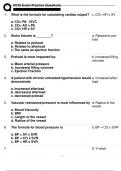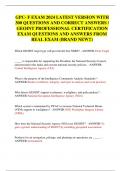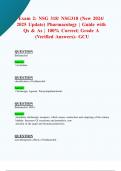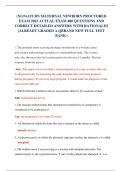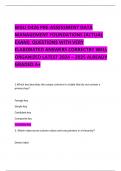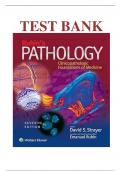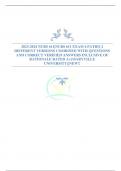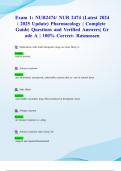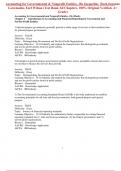Exam (elaborations)
RCIS FINAL EXAM AND PRACTICE EXAM QUESTIONS 2024 ACTUAL EXAM COMPLETE ACCURATE EXAM QUESTIONS WITH DETAILED VERIFIED ANSWERS (100% CORRECT ANSWERS) /ALREADY GRADED A+
- Course
- Institution
RCIS FINAL EXAM AND PRACTICE EXAM QUESTIONS 2024 ACTUAL EXAM COMPLETE ACCURATE EXAM QUESTIONS WITH DETAILED VERIFIED ANSWERS (100% CORRECT ANSWERS) /ALREADY GRADED A+
[Show more]
